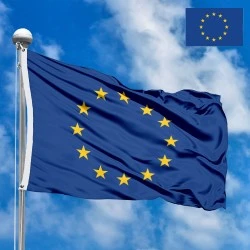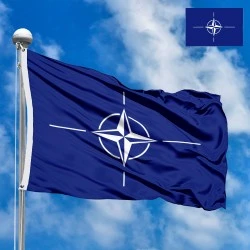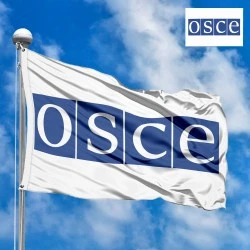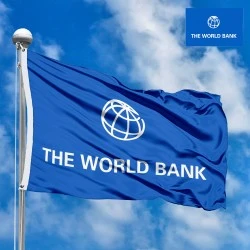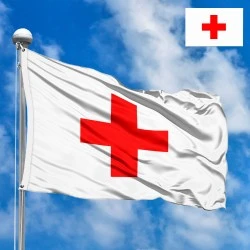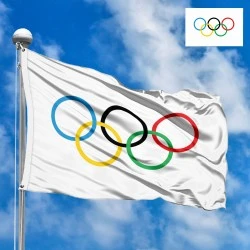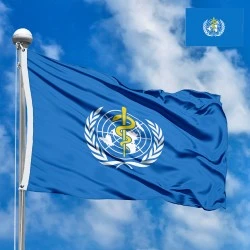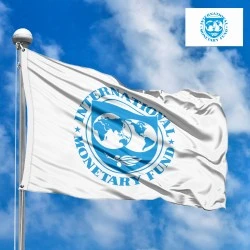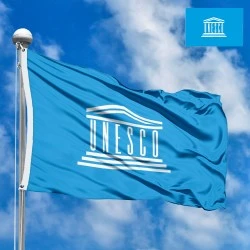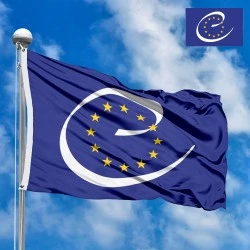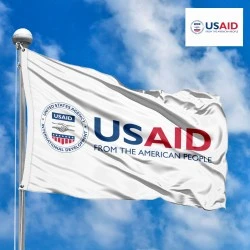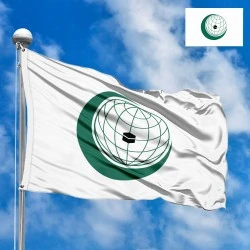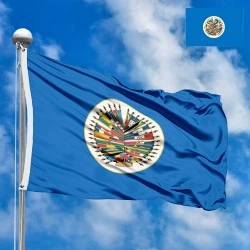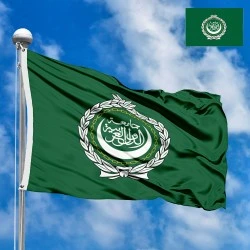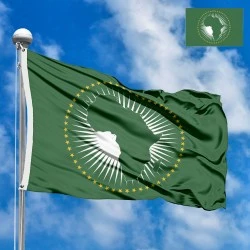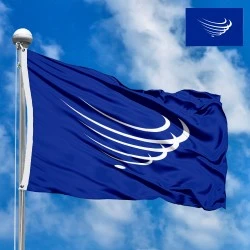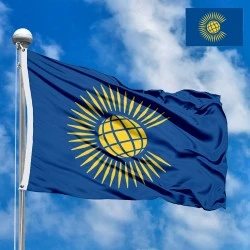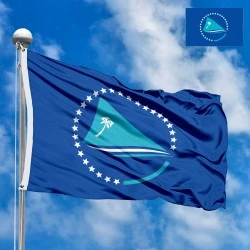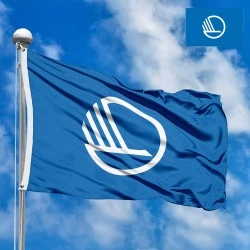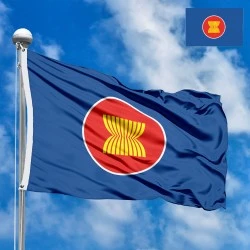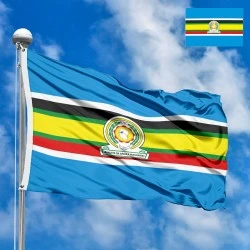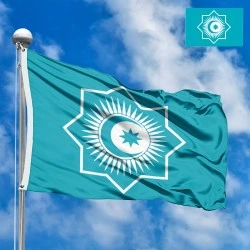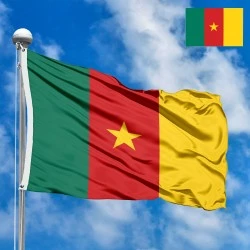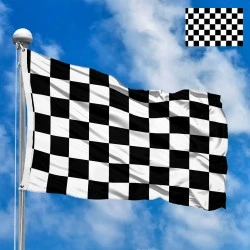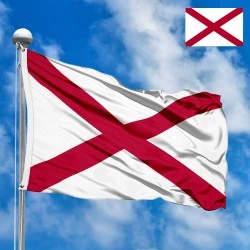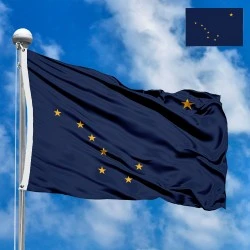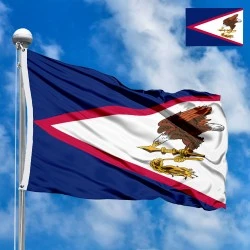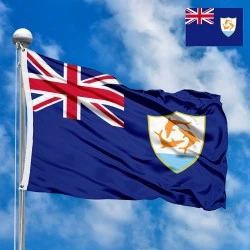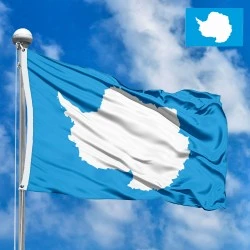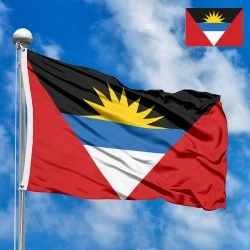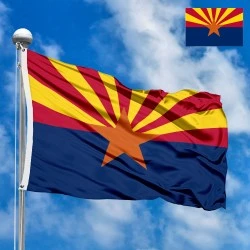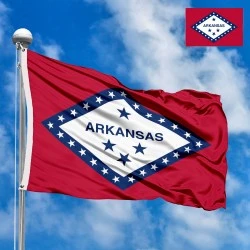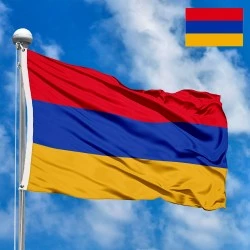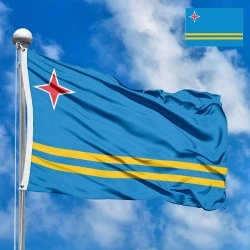UN flag
- Flag Type: International organizations
- Proportions (official): 2:3
- Capital: New York City, USA (Headquarters)
- Currency: US Dollar (USD, $)
- Languages: Arabic, Chinese, English, French, Russian, Spanish
Flag Information
General information
Economy and communications
- All Flags
- Flags of Countries by Continent
-
Flags of Organizations
- Flags of UN countries
- Flags of the European Union countries
- Flags of NATO countries
- Flags of the countries of the Organization of Islamic Cooperation
- Flags of the countries of the Organization of American States
- Flags of the Arab League countries
- Flags of the African Union countries
- Flags of the countries of the Union of South American Nations
- Flags of the Commonwealth of Nations
- Flags of the countries of the Secretariat of the Pacific Community
- Flags of the Nordic Council countries
- Flags of the Caribbean Community
- Flags of the countries of the Association of Southeast Asian Nations
- Flags of the East African Community
- Flags of the countries of the Organization of Turkic States
- LGBT Community Flags
- Historical Flags
- Ethnic Flags
- Flags of the USA (states)
Description
The flag of the United Nations is one of the most recognizable and significant symbols in the modern world. It is a powerful visual representation of the ideals of peace, security, and international cooperation enshrined in the UN Charter. This flag symbolizes the shared commitment of its 193 member states to prevent conflicts, protect human rights, and promote social and economic progress. It is a universal sign of hope, neutrality, and collective responsibility for the future of humanity.
Design and Symbolism
The UN flag has a simple yet deeply symbolic design. It consists of a light blue banner with the organization's white emblem positioned in the center.
-
Light Blue Color: This shade, often referred to as "UN blue," was specifically chosen to move away from the traditional colors of war. It symbolizes peace, calm, and harmony.
-
White Emblem: The emblem consists of two key elements:
-
A map of the world: The image of the world map, centered on the North Pole, represents a top-down view that avoids giving prominence to any single country or region. This emphasizes the equality and global reach of all the world's peoples.
-
Olive branches: Placed on either side of the map, the two olive branches are an ancient symbol of peace, dating back to the traditions of ancient Greece. Their presence on the emblem directly points to the UN's primary goal: maintaining peace and security across the globe.
-
Dimensions and Proportions
The official UN flag has an aspect ratio of 2:3 or 3:5, as defined in official documents. The white emblem occupies the central part of the flag, and its height is exactly one-half of the flag's width. Such precise placement and proportions ensure uniformity and instant recognition of the symbol worldwide.
History of Creation and Adoption
A preliminary design for the UN emblem was created in 1945 for use at the San Francisco Conference, where the UN Charter was signed. Initially, the emblem was designed for delegate pins, but it quickly became the symbol of the organization. In 1946, the General Assembly considered the creation of an official flag. After minor design modifications, the flag was officially adopted by Resolution 167 (II) of the UN General Assembly on October 20, 1947. From that moment, it became the organization's official symbol.
Countries and Regions
The UN flag serves as a symbol uniting 193 member states. It does not belong to any one country but is the common property of the entire international community that makes up the Organization. The flag symbolizes the collective will of all these countries to work together to solve global problems—from peacekeeping operations to poverty reduction and environmental protection.
Interesting Facts
-
The original light blue color was chosen to be distinctly different from the flags used during World War II and to clearly associate the organization with peace.
-
During peacekeeping missions, where UN troops are deployed in conflict zones, the UN flag is a sign of neutrality and protection. It ensures the inviolability of humanitarian missions and personnel working under its auspices.
-
The UN emblem also serves as the basis for the flags of many specialized UN agencies and programs, such as UNESCO, WHO, and UNICEF, which highlights their connection to the parent organization.
In the demonstration images, full-size flags are shown with proportions of 2:3, and hand-held flags with proportions of 1:2.
Donation
Download
Completely free for commercial and non-commercial use (public domain).
You can freely use them in your news magazines, websites, software, mobile applications.
We appreciate a backlink to https://flagssite.com
Raster files - UN flag (PNG, JPG)
 Waving flag
Waving flag
- PNG format (transparent background), 72dpi, dimensions in Pixels (px), aspect ratio 3:4.
- 15х20 px
- 30х40 px
- 60х80 px
- 120x160 px
- 240x320 px
 Sizes:
Sizes:
"v15" - image size (by height); if necessary, replace with available: v15, v30, v60, v120, v240.
!!! For resizing, use the Latin (eng) keyboard layout.
<img src="https://flagssite.com/flags/v15/20805.png" alt="UN flag">
 Round flag
Round flag
- PNG format (transparent background), 72dpi, dimensions in Pixels (px), aspect ratio 1:1.
"d15" - image size (diameter); if necessary, replace with available: d15, d30, d60, d120, d240.
!!! For resizing, use the Latin (eng) keyboard layout.
<img src="https://flagssite.com/flags/d15/20805.png" alt="UN flag">
 Rectangular flag 2:3
Rectangular flag 2:3
- JPG format, 72dpi, dimensions in Pixels (px), aspect ratio 2:3.
"h30" - image size (by height); if necessary, replace with available: h15, h30, h60, h120, h240, h360, h480.
!!! For resizing, use the Latin (eng) keyboard layout.
<img src="https://flagssite.com/flags/h30/20805.jpg" alt="UN flag">


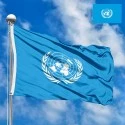
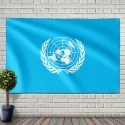
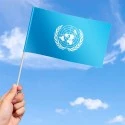


 Sizes:
Sizes:
 Sizes:
Sizes:
